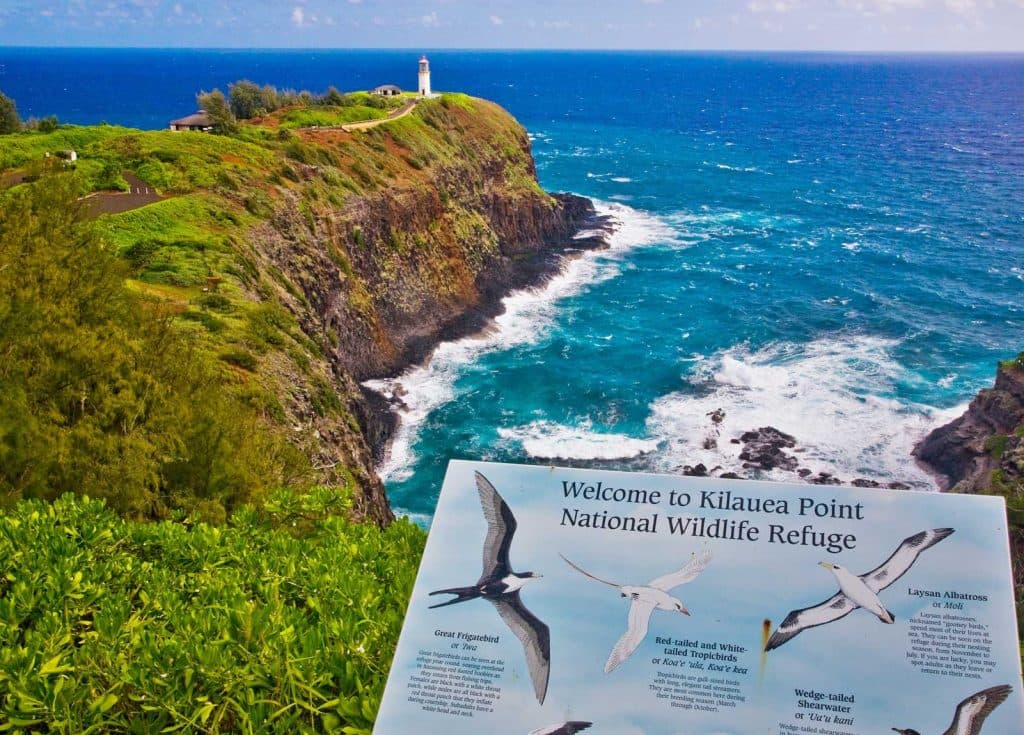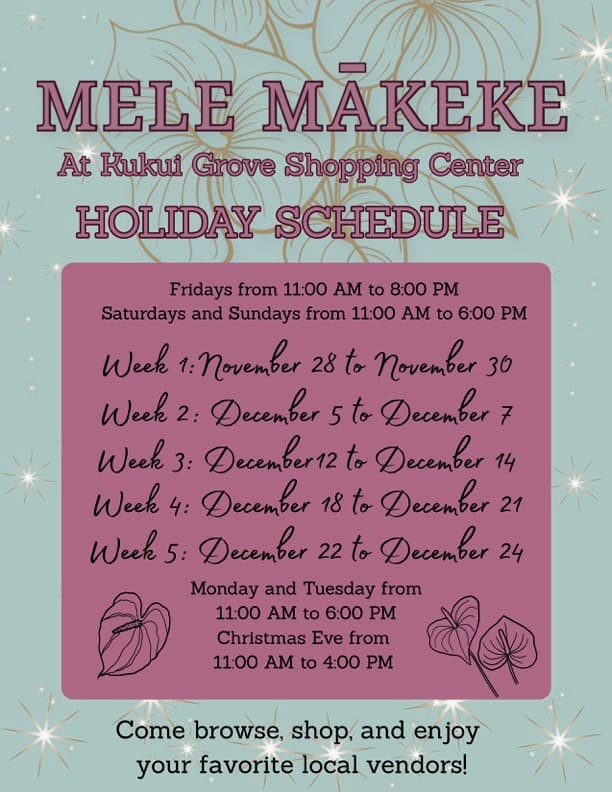Short Family Friendly Trails in Kōkeʻe and Waimea Canyon
Kauaʻi residents and visitors looking for safer, shorter outdoor options can choose from several family friendly trails and lookout sections in Kōkeʻe State Park and Waimea Canyon, including short spur viewpoints on the Pihea and Alaka‘i routes, the Iliau Nature Loop, and lookout portions of the Canyon Trail to Waipoʻo Falls. Knowing which sections to select, and following basic safety steps, can reduce risks on slippery terrain, ease pressure on emergency services, and make scenic access more equitable for local families.

Local hikers seeking brief outings that still showcase Kauaʻi scenery have options within Kōkeʻe State Park and Waimea Canyon that are well suited to families and visitors with limited time or mobility. Park recommendations emphasize short spur trails to overlooks on the Pihea and Alaka‘i corridor, the Iliau Nature Loop for an easy interpretive walk, and picking lookout sections rather than the full mile long descents on the Canyon Trail to Waipoʻo Falls. These choices limit exposure to steep, slippery sections while preserving access to iconic views.
Public health and safety are central to this guidance. Weather on the uplands can change quickly, with fog and rain making trails slick and visibility poor. Park advisories recommend checking weather and park alerts before heading up, carrying water and sun protection, wearing sturdy shoes, staying on marked trails, and keeping children close at overlooks. Those precautions reduce the likelihood of falls and exhaustion, which in turn lowers demand on emergency responders and medical services on the island.
Access and parking create a practical challenge for residents and visitors alike. Parking and access can be limited on weekends and busy holiday periods, so visiting on weekday mornings is suggested to avoid congestion and related safety hazards near trailheads. Limited parking also has equity implications. Local families without flexible schedules or private vehicles may face barriers to enjoying these public lands if shuttle options and clear information are not available. Addressing those barriers could broaden safe access and reduce crowding.
There are broader community and policy considerations. Clear signage about short access options and current trail conditions can help nonlocal users navigate the park more safely. Investment in outreach in multiple languages, coordinated transportation options during peak times, and community education programs that partner with schools and neighborhood organizations would advance equitable access while protecting fragile environments. Better collection and reporting of trail incident data would allow authorities to target safety improvements and resource allocation to the most affected areas.
For Kauaʻi families, caregivers, and neighborhood groups, selecting shorter, manageable trails is a pragmatic way to enjoy the upland environment while minimizing risks. Simple steps such as checking alerts, choosing off peak times, and preparing for variable weather can make outings more sustainable for visitors and lessen strain on county emergency services. As demand for outdoor recreation continues, planning that balances safety, accessibility, and conservation will be key to keeping these special places open and welcoming to everyone.


